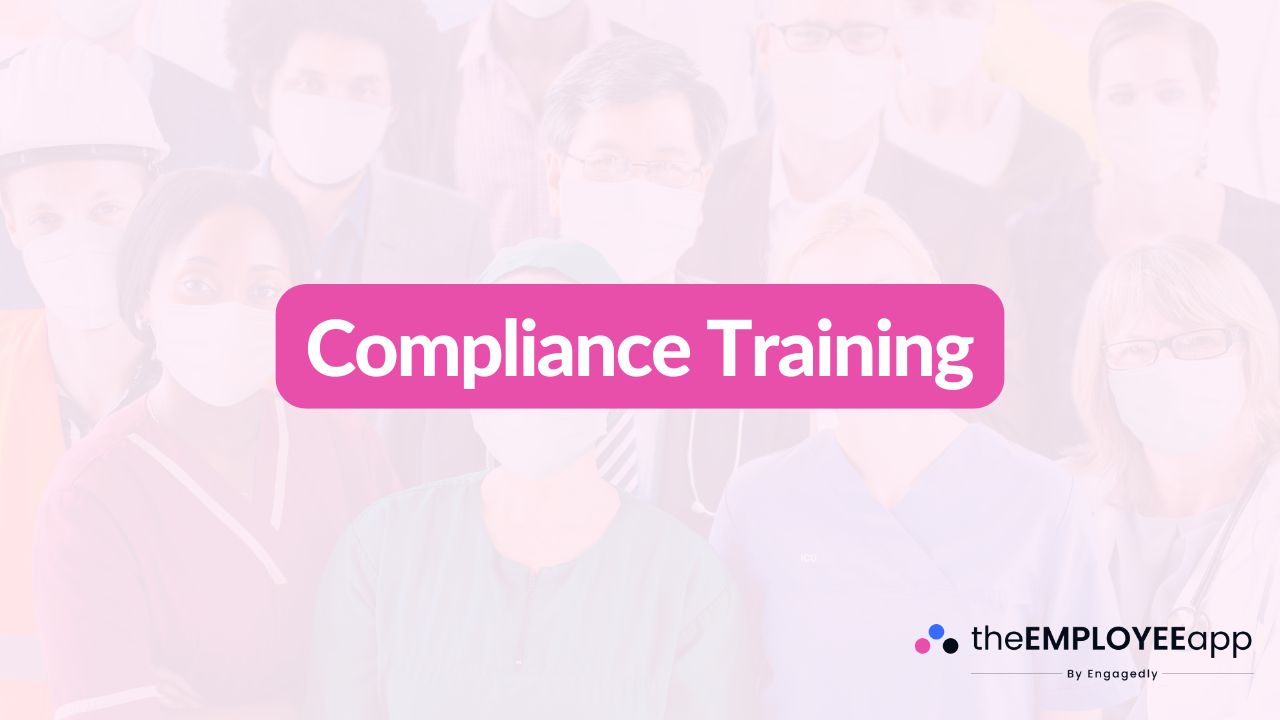
Compliance training is the process of educating employees on the laws, regulations, company policies, and ethical practices that apply to their job roles. The purpose is to ensure employees understand their responsibilities, reduce risks, and maintain a safe and respectful workplace.
At its core, compliance training helps organizations operate within legal boundaries and uphold ethical standards. Whether it’s preventing workplace harassment, protecting sensitive data, or maintaining health and safety practices, compliance training builds awareness and accountability across the workforce.
Compliance isn’t optional—it’s critical for business survival. Failing to follow regulations can result in financial penalties, reputational damage, and loss of trust from both employees and customers. But compliance training goes beyond avoiding fines. It shapes a culture of integrity and responsibility.
For employees, compliance training provides clarity on expectations and behaviors in the workplace. For organizations, it ensures consistent practices that align with laws and industry standards.
Workplace Safety
Training employees on occupational health and safety regulations to prevent accidents and injuries.
Data Protection and Privacy
Educating teams on safeguarding sensitive information and complying with data privacy laws.
Anti-Harassment and Anti-Discrimination
Promoting a respectful workplace by preventing harassment and discrimination through awareness and reporting protocols.
Ethics and Code of Conduct
Encouraging ethical behavior in decision-making, financial practices, and daily work activities.
Industry-Specific Regulations
Depending on the sector, employees may need training on financial compliance, healthcare regulations, or environmental standards.
Reduces Legal and Financial Risks
By staying compliant with regulations, companies avoid costly penalties and lawsuits.
Protects Organizational Reputation
A company that actively trains employees on compliance earns trust from clients, partners, and the public.
Improves Workplace Safety and Culture
Employees feel more secure when they know the organization values their safety and well-being.
Boosts Employee Confidence
Clear guidance on what is acceptable helps employees act responsibly and confidently.
Encourages Ethical Decision-Making
Regular compliance training promotes a culture where employees make choices based on integrity and fairness.
Make It Continuous
Compliance isn’t a one-time event. Training should be ongoing with regular refreshers.
Use Real-World Scenarios
Practical examples make training relatable and easier to apply in everyday work.
Leverage Technology
Mobile-first training platforms help reach frontline and deskless employees who may not have regular access to computers.
Engage Learners
Interactive videos, quizzes, and case studies make compliance training more memorable than lengthy lectures.
Track and Measure Progress
Use reporting tools to monitor completion rates and ensure employees understand the material.
The workplace is evolving—remote work, new technologies, and shifting regulations make compliance more complex. Organizations must ensure training keeps pace with these changes. Microlearning, mobile delivery, and just-in-time modules are increasingly popular because they fit into employees’ workflows and increase knowledge retention.
For industries such as healthcare, finance, and manufacturing, compliance training can be the difference between smooth operations and costly disruptions. But regardless of sector, every organization benefits when employees are well-informed and proactive about compliance.
Compliance training is more than a checkbox on a to-do list—it’s a strategic investment in organizational health, employee safety, and long-term growth. By providing employees with the knowledge and tools to act responsibly, organizations create a workplace where rules are followed, risks are minimized, and ethical behavior is the norm.
Companies that prioritize compliance training don’t just stay out of trouble—they build trust, loyalty, and resilience for the future.
